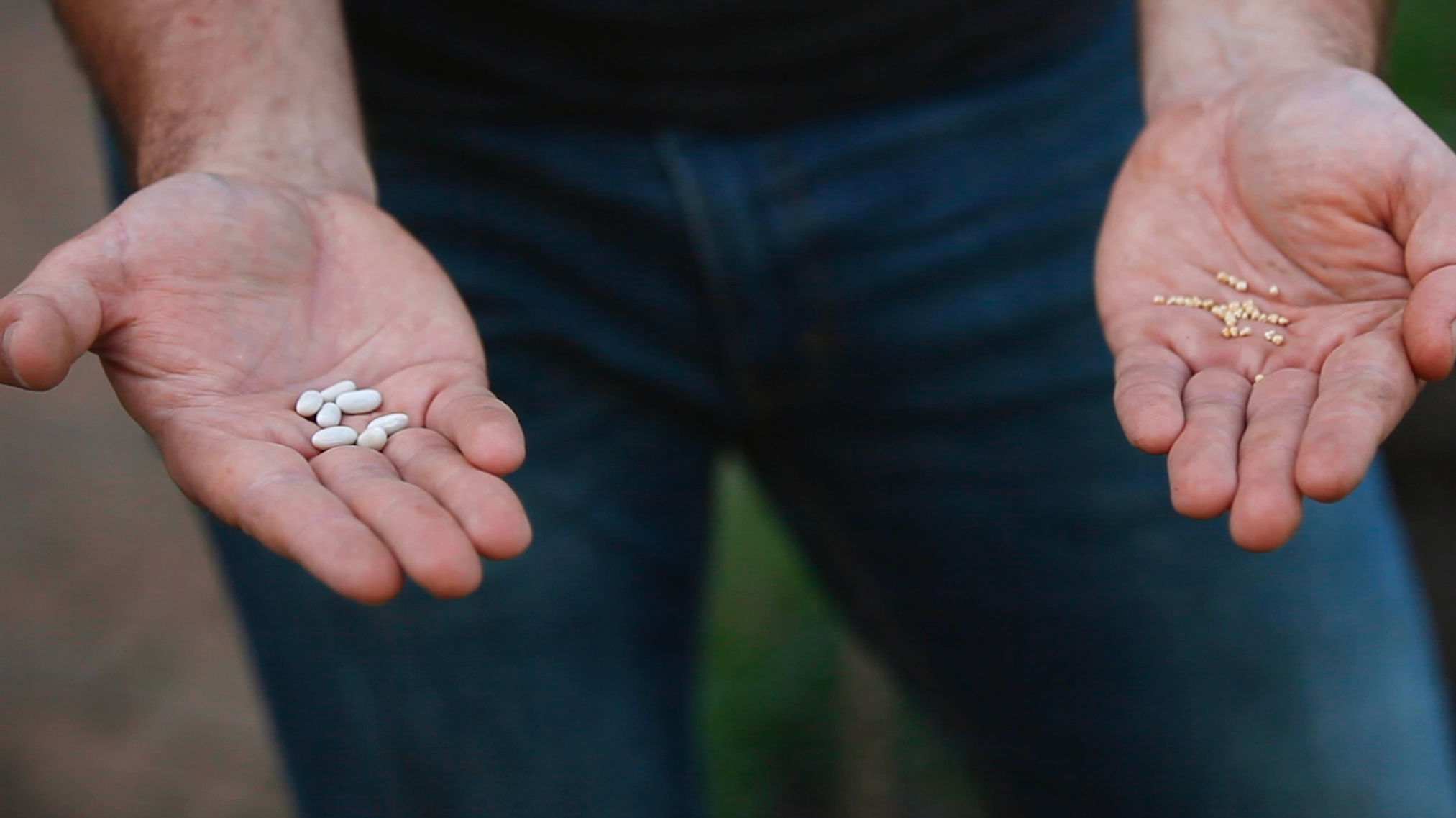Let’s Grow Stuff: Let’s Order Seeds… ASAP!
February 10, 2021 Leave a Comment
The deep doldrums of winter may be roiling outside, but indoors our hearts and minds are full of dreams and schemes for a new gardening season on the horizon. Starting your own plants from seed, indoors or out, is a great way to save money and connect with nature in a deeper way. There’s a unique reward to nurturing a plant from seed that just isn’t the same when buying a transplant.
In this spirit, we’ve put together a guide to help you navigate the seed selection process, especially if you’re new to ordering seeds. We’ll also be covering how to start your own seeds indoors in an upcoming episode of Let’s Grow Stuff – stay tuned!
Tips For Ordering Seeds
- First and foremost: don’t wait to order! Seed companies are selling out quickly with many experiencing backorders and delays due to the pandemic. The sooner you get your seeds ordered, the more likely you are to get what you want.
- Read between the lines: seed quantity and plant size. At quick glance, you can infer a few things about how each plant will grow based on this number. Plants like lettuce and radishes have very small seeds and they’ll often be hundreds of seeds per packet. These plants don’t grow very large, hence the small seeds and high volume. On the other hand, plants that need a lot of real estate like squash and melons typically have a dozen or so seeds per packet. While this isn’t an exact science, it can be a helpful guide to assist with garden planning.
- Use “days to harvest” to know when to plant and when you can begin to harvest. Days to harvest is normally listed as a set number or range of numbers (i.e. 90 days or 90-120 days). This represents approximately how long it takes each plant to produce food from when it’s planted, not necessarily from the day it germinates. Germination can take between 7-21 days after planting depending on what you’re growing.
- Exercise caution when acquiring seeds through online swaps or exchanges. These can be great outlets to diversify your garden, but even well-intentioned and organized gardeners mislabel things. There’s also a chance the seeds won’t be true to the parent varieties, something far less likely to happen when you order from a reputable seed company.
- Consider sharing extra seeds and plants with neighbors. There may be enough seed in a single packet of tomatoes to grow twenty plants and you only have room to plant ten. Also, your indoor growing space to start things early may be limited. By coordinating your seed starting with friends, family, and neighbors, you can diversify your garden by sharing resources.
🌱 New Varieties to Try 🌱
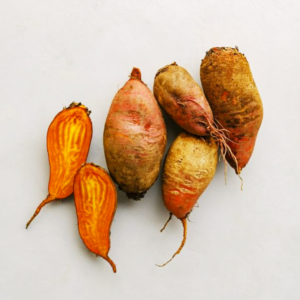
Photo/Row 7 Seeds
Badger Flame Beet
Most people have a love-hate relationship with beets which typically comes down to the “earthy” flavor associated with this robust root crop. Badger Flame was introduced by the Goldman Lab at UW-Madison due to an absence of that earthy flavor. The root is also beautiful: when sliced through the middle it displays an impressive design of concentric colored rings alternating between gold and red-orange.
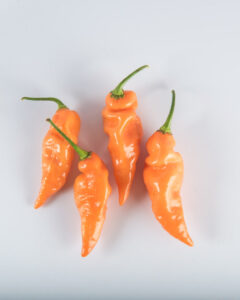
Photo/Lazy Ox Farm
‘Habanada’
The Heatless Habanero Pepper
Another product of modern plant breeding, this pepper lacks the heat of its parent Habanero. Instead, it packs a full suite of bold, sweet, tropical flavors. Another visually stunning plant, fruits range from yellow to orange and deep red depending on ripeness.
🍅 Tried and True Classics 🍅
‘Amish Paste’ Tomato
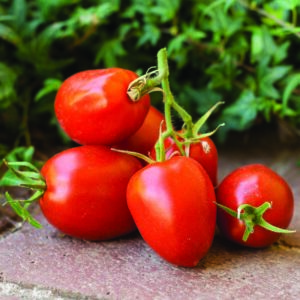
Photo/MIgardener
I love the flavor of tomatoes, and I always miss those from-from-the-garden treats during the winter months. Amish Paste tomatoes offer a solution as they’re great for preserving, either through freezing or drying in a food dehydrator. Their bright, sharp, acidic flavor carries through in winter cooking and keeps the memory of summer fresh and current.
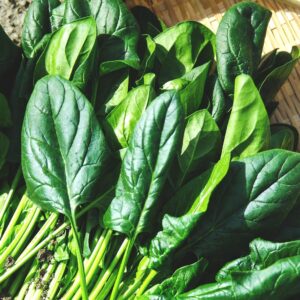
Photo/Sow True Seeds
‘America’ Spinach
Most greens are easy to grow, but there’s something about the simplicity of spinach that I find infinitely rewarding. I harvest one leaf at a time for an instant salad and this helps keep the harvest going for several weeks. It can also be preserved through freezing and excess harvests won’t go to waste.
There you have it! I hope this guide helps you navigate your seed selection and buying journey, and remember, if you can’t find what you’re looking for from one supplier you can always try another. Your neighborhood nursery or garden center is another great option. Happy gardening!
__
Don’t forget!
Register now for the free Garden & Landscape Expo (Feb. 20-21) at wigardenexpo.com. Virtual attendees of this free event will enjoy two full days of live and interactive educational sessions with experts and gardening professionals. In addition, there will be a live online exhibitor mall, virtual garden tours captured at the peak of the summer and autumn seasons, opportunities to pose questions to UW-Madison Horticulture Division of Extension experts in open Q&A forums, special activities for kids and families, and a beautiful garden photo competition. Registered participants can start exploring the full schedule and plan their experience online now.
Garden and Landscape Expo Let's Grow Stuff Spring Gardening Winter Gardening gardening Garden & Landscape Expo
 Passport
Passport




